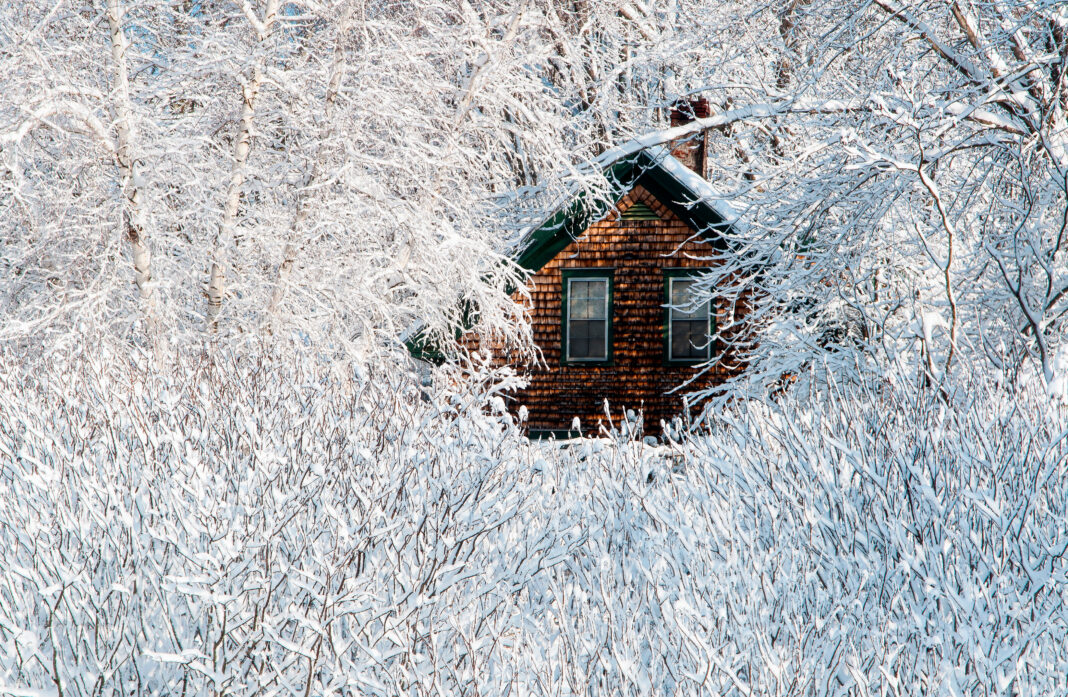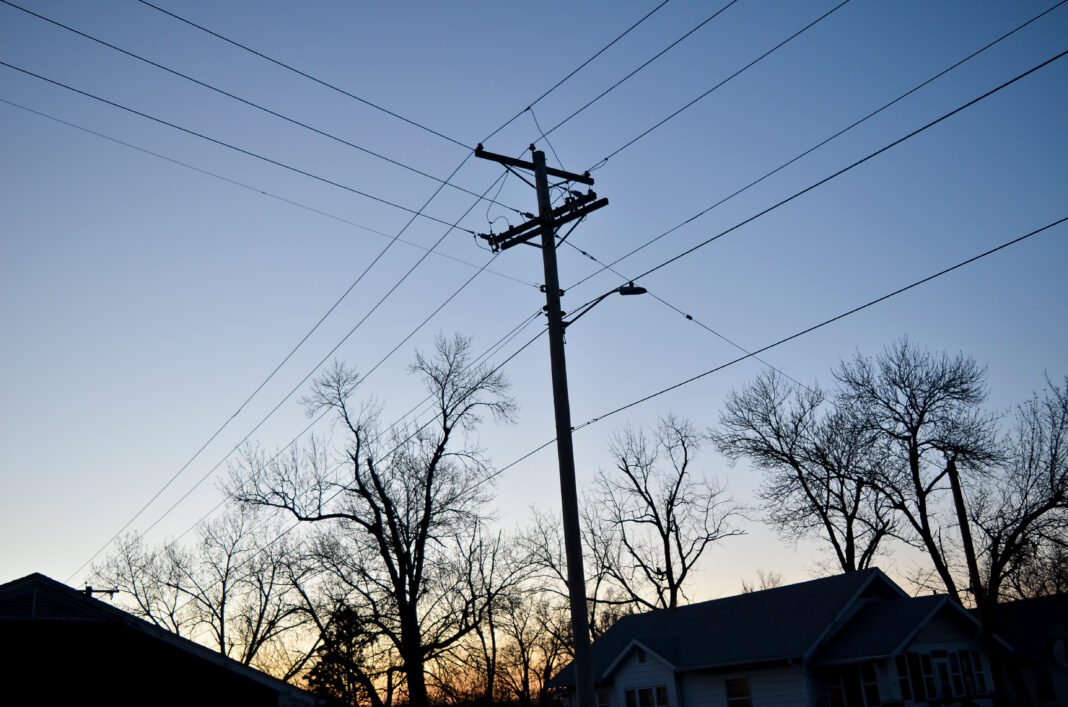The Northeast is dealing with an extended cold spell that is taxing the energy grid throughout the region. New Jersey, is part of the PJM grid that has a broad portfolio of firm, reliable energy sources – including nuclear and natural gas. Together, they provide the vast majority of heating and electricity in the state. But neighboring states New York and Massachusetts are facing energy challenges as this cold spell persists…
Massachusetts
Massachusetts’ energy grid is facing a critical challenge: limited pipeline capacity. Natural gas, typically the backbone of Massachusetts’s energy mix, is struggling to keep pace with the cold. Pipelines that transport natural gas into the region are operating at maximum capacity, unable to deliver the increased volume needed to meet the surge in demand; Massachusetts environmentalists defeated a new pipeline initiative in 2016 that would have provided additional volume.
In years past, the state relied upon liquid natural gas (LNG) from Russia to get through the winter, but after Russia invaded Ukraine, Russian LNG could no longer be imported. This natural gas bottleneck has created a supply crunch, driving up prices and forcing energy officials to seek a less desirable but necessary solution – burning oil and biomass.
Oil, a more expensive and less environmentally friendly option, has become a crucial stopgap measure. Oil-fired power plants, typically relegated to backup roles, are now operating at higher capacities to bridge the energy gap. While this helps keep the lights on, it comes at a cost – increased greenhouse gas emissions and higher electricity bills for consumers.
Biomass, another controversial energy source, is also playing a role. While considered renewable, its sustainability and environmental impact are subjects of ongoing debate. Nonetheless, biomass power plants, fueled by wood, wood waste, and even municipal solid waste, are contributing to the energy mix during this critical period.
This situation underscores the vulnerabilities of Massachusetts’s energy system. The state lacks sufficient natural gas pipeline capacity. Renewables are slowly coming online but they are intermittent sources of energy that cannot be relied upon during the kind of deep cold spells that all of New England is suffering through right now. The need to resort to oil and biomass highlights the urgent need for Massachusetts and the broader region to rethink its energy policy.
New York
New York’s energy grid is battling the same cold snap and facing similar challenges to Massachussetts.
New York relies heavily on natural gas for electricity generation, especially during winter months. However, the state’s ability to import natural gas is limited by pipeline capacity. As temperatures plummet and demand soars, these pipelines are becoming congested, unable to deliver the necessary volume. This constraint has been highlighted by both the North American Electric Reliability Corporation (NERC) and the Northeast Power Coordinating Council (NPCC). Their reports warn of “severe threats to reliability” during cold weather due to “fully utilized” pipeline infrastructure.
With natural gas facing bottlenecks, New York is increasingly relying on oil-fired power plants to bridge the gap. This shift is evident in data from the New York Independent System Operator (NYISO), which shows a significant uptick in oil-based generation during cold weather events. While oil provides a readily available alternative, it comes with drawbacks. It’s a more expensive fuel source, potentially leading to higher electricity bills for consumers. Moreover, burning oil releases more greenhouse gases than natural gas, raising concerns about environmental impact.⁴
Biomass, a category that includes wood, wood waste, and even municipal solid waste, is also contributing to New York’s energy mix during this cold spell. While considered renewable, biomass raises concerns about sustainability and air quality. Data from the U.S. Energy Information Administration (EIA) shows that biomass provides a small but notable portion of New York’s electricity generation.
State, regional, and national energy policies are put to the test during extreme weather events. As New York and Massachusetts are learning the hard way, poor energy policy can lead to high energy costs and unintended consequences.
Sources
“Massachusetts State Energy Profile”, EIA, https://www.eia.gov/state/print.php?sid=MA
“Lack of Northeast gas pipeline capacity poses ‘severe threats to reliability’ in cold weather: NERC”, Utility Drive, https://www.utilitydive.com/news/northeast-gas-pipeline-capacity-reliability-NERC-NPCC/738100/
“Driving a resilient future: key energy transition strategies“, Siemens Energy, https://www.siemens-energy.com/global/en/home/energy-transition/strategies.html
“2023 Regional Reliability Assessment (Report)”, Northeast Power Coordinating Council, https://www.nerc.com/pa/RAPA/ra/Reliability%20Assessments%20DL/NERC_LTRA_2023.pdf
“Power Trends 2024” (Report), New York Independent System Operator, https://www.nyiso.com/documents/20142/2223020/2024-Power-Trends.pdf/31ec9a11-21f2-0b47-677d-f4a498a32978
“New York State Energy Profile”, U.S. Energy Information Administration, https://www.eia.gov/state/analysis.php?sid=NY
“Electricity Data Browser”, U.S. Energy Information Administration, https://www.eia.gov/electricity/data/browser/
“New York State’s Climate Leadership and Community Protection Act (CLCPA)”, New York State Energy Research and Development Authority, https://climate.ny.gov/




